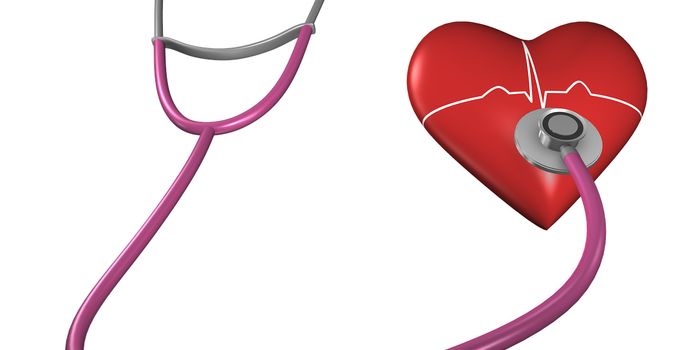When medical professionals have to determine a patient’s condition, they look to their vital signs---heart rate, respiration and blood pressure. Researchers at Simon Fraser University in British Columbia are hoping to add another to that list with a brain vital sign test.
The team of researchers at the university, led by professor Ryan D’Arcy have partnered with others from the Sheba Medical Center in Israel as well as scientists at the Mayo Clinic. A company in the high tech field, HealthTech Connex, is also working with the group to come up with a way to monitor brain health that is non-invasive, accurate and easier and less costly than CT scans and MRIs
The team recently published an article in the journal Frontiers in Neuroscience about a new approach that can be used in patients who have suffered traumatic brain injuries, strokes or other severe injuries that impact the brain. They developed a platform called NeuroCatch that takes brain waves, specifically event-related potential (ERP) waves, and uses those to measure brain function. EEGs have been around for decades, but using the information they provide to evaluate general brain health, as opposed to just damage after an injury or disease is what the SFU team is working towards.
Professor D’Arcy said in a press release, “The brain vital-sign framework described in Frontiers in Neuroscience represents the first step towards an easy way to monitor brain health. Potential applications are in concussion, brain injury, stroke, dementia and other devastating brain diseases and disorders. We know brainwaves provide an objective physiological measurement of brain functions. We’ve been working for the last 20 years to solve the major gap in terms of utilizing this for a rapid and accessible vital sign for brain function”
D’Arcy’s NeuroTech Lab, which is based in Surrey Memorial Hospital, in British Columbia is using brain wave data to monitor how the brain processes auditory stimuli, cognitive tasks and other activities. The NeuroCatch platform is how they plan to take the data and translate it into an objective picture of brain health.
This process of taking brain wave data and being able to pull objective assessments and measurements from it and then turn that into a complete picture of the brain’s vital signs is something that’s needed in the field of neuroscience. While there are tests and imaging that can assess a brain injury, a stroke or other neurological disease, finding out how a person’s brain works while it’s healthy is an advance that could result in better treatments. Having a baseline of what is normal in brain vital signs can alert to doctors to problems when a patient is having issues with cognitive decline or other neurological functions. Sujoy Ghosh Hajra, a PhD student working with D’Arcy and the paper’s lead author calls the technology “the world’s first physiology-driven brain vital-sign measure allowing us to quantify brain vitality over time.” The video below talks about the NeuroCatch platform and how it works.
Sources:
Simon Frasier University Frontiers in Neuroscience









